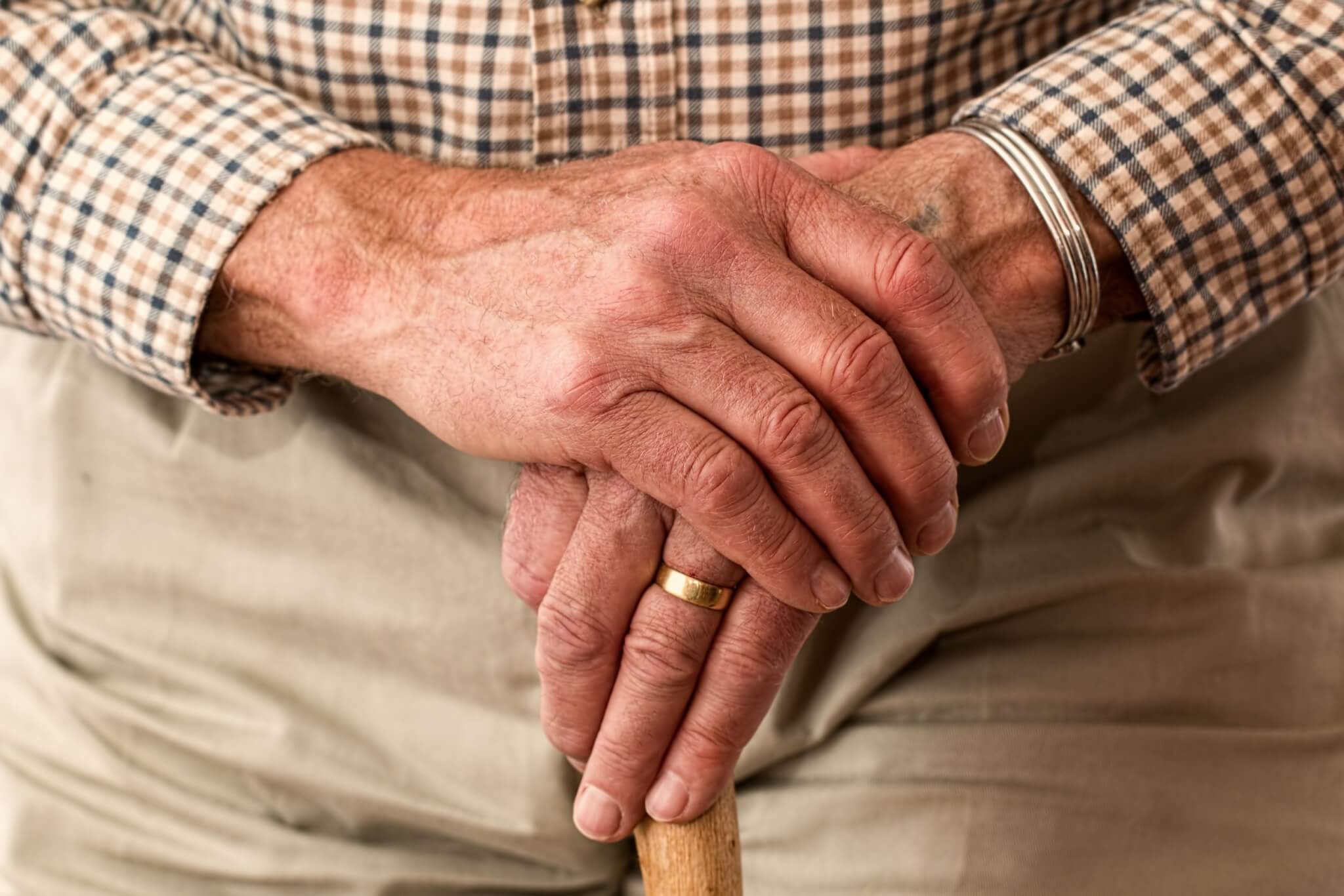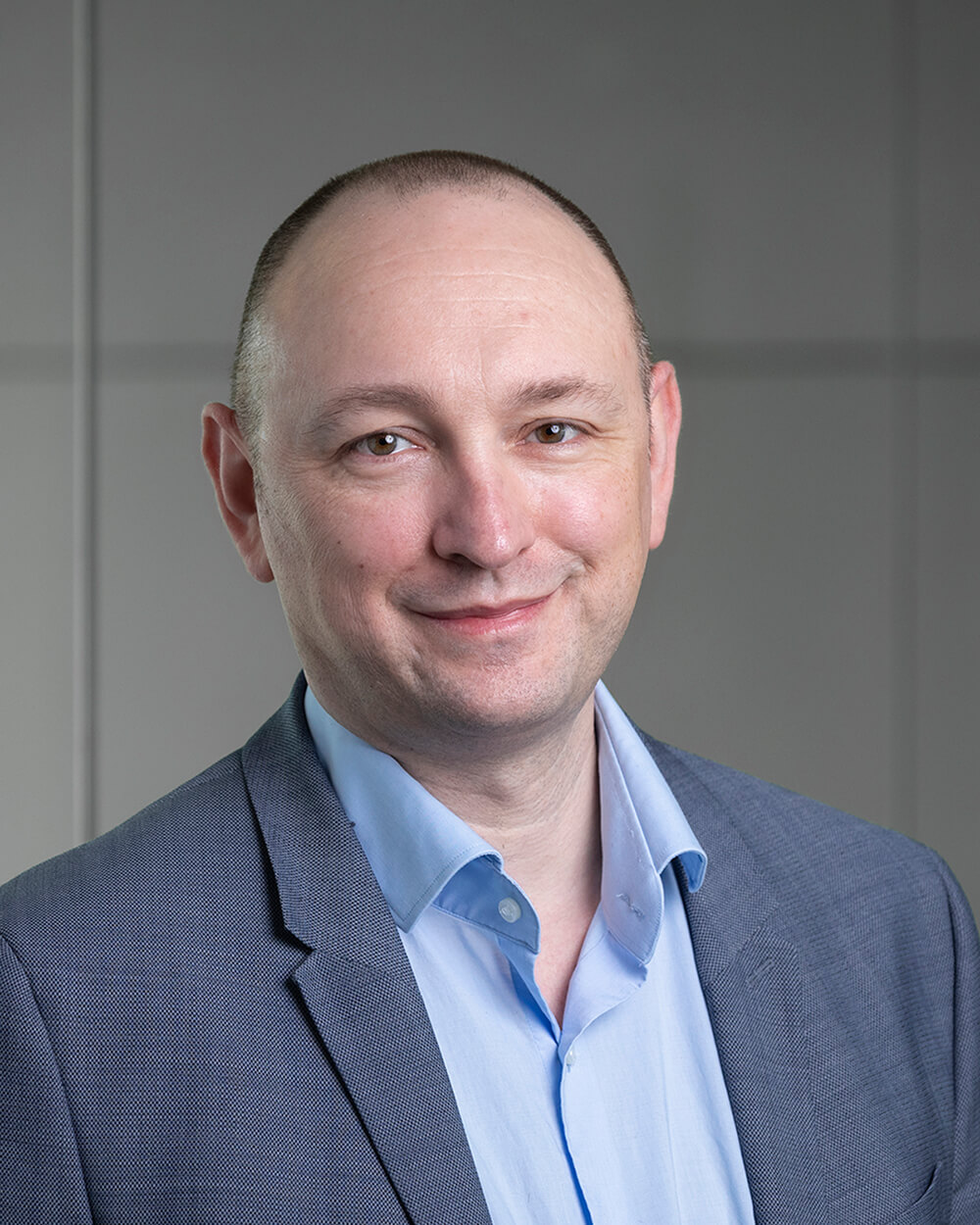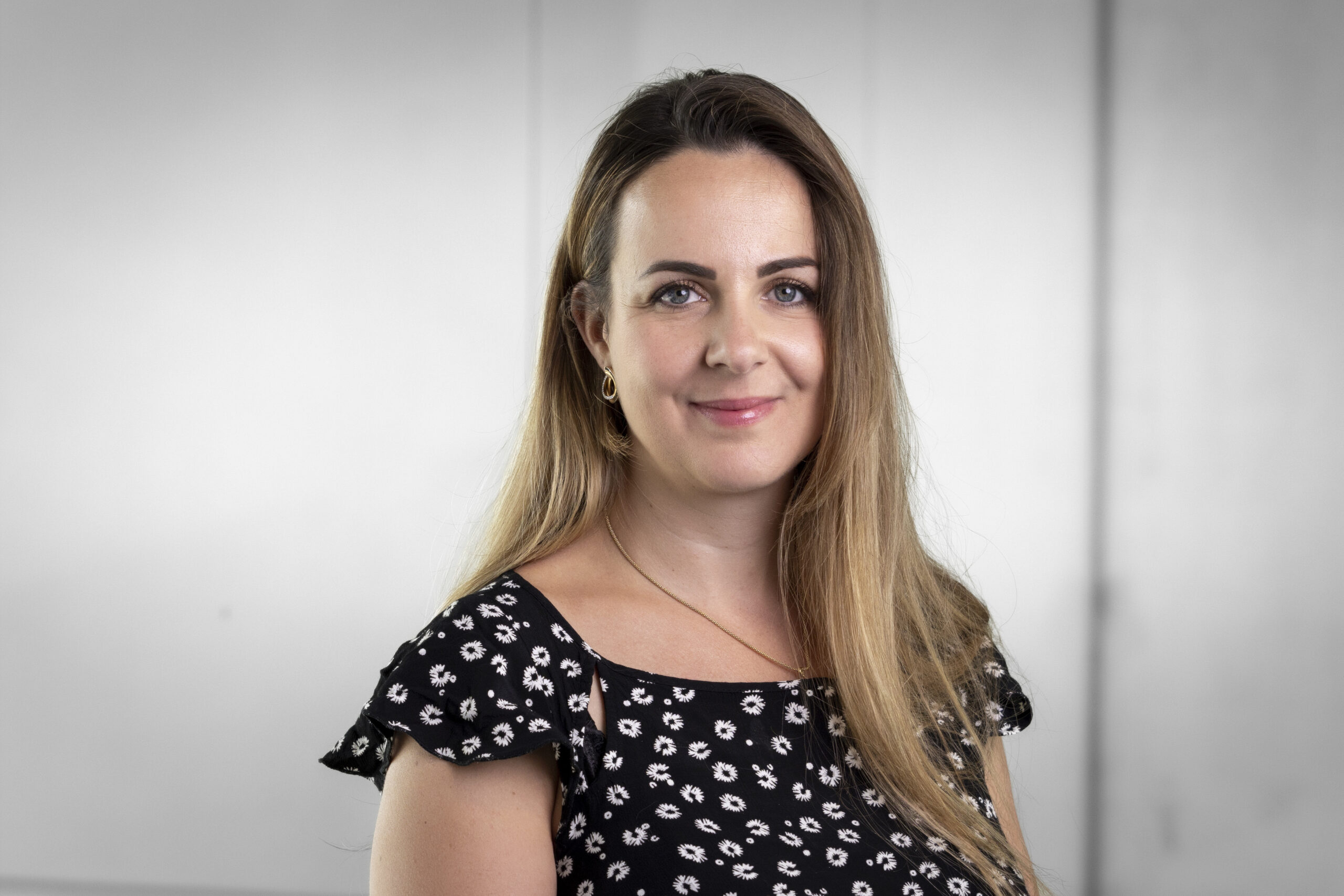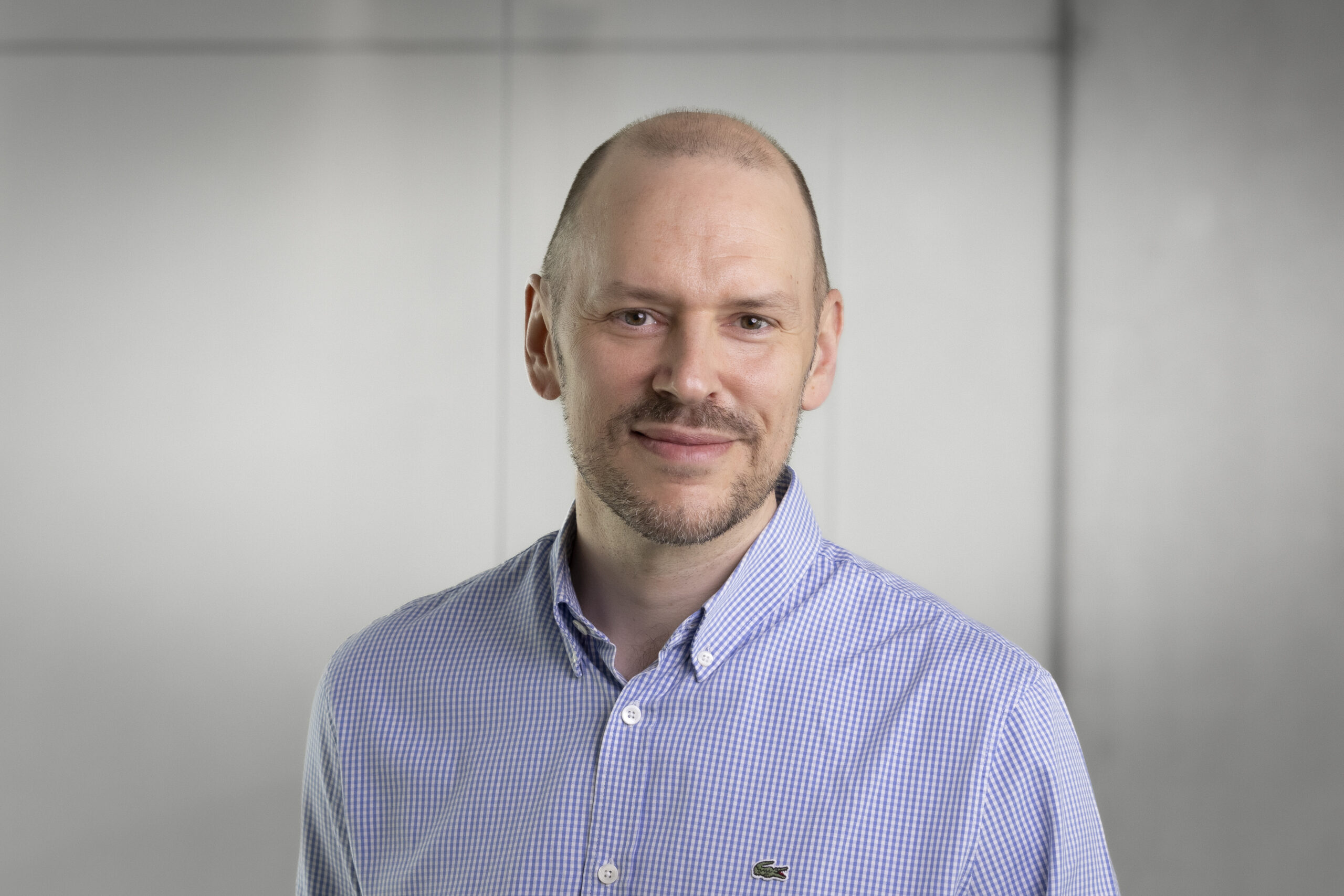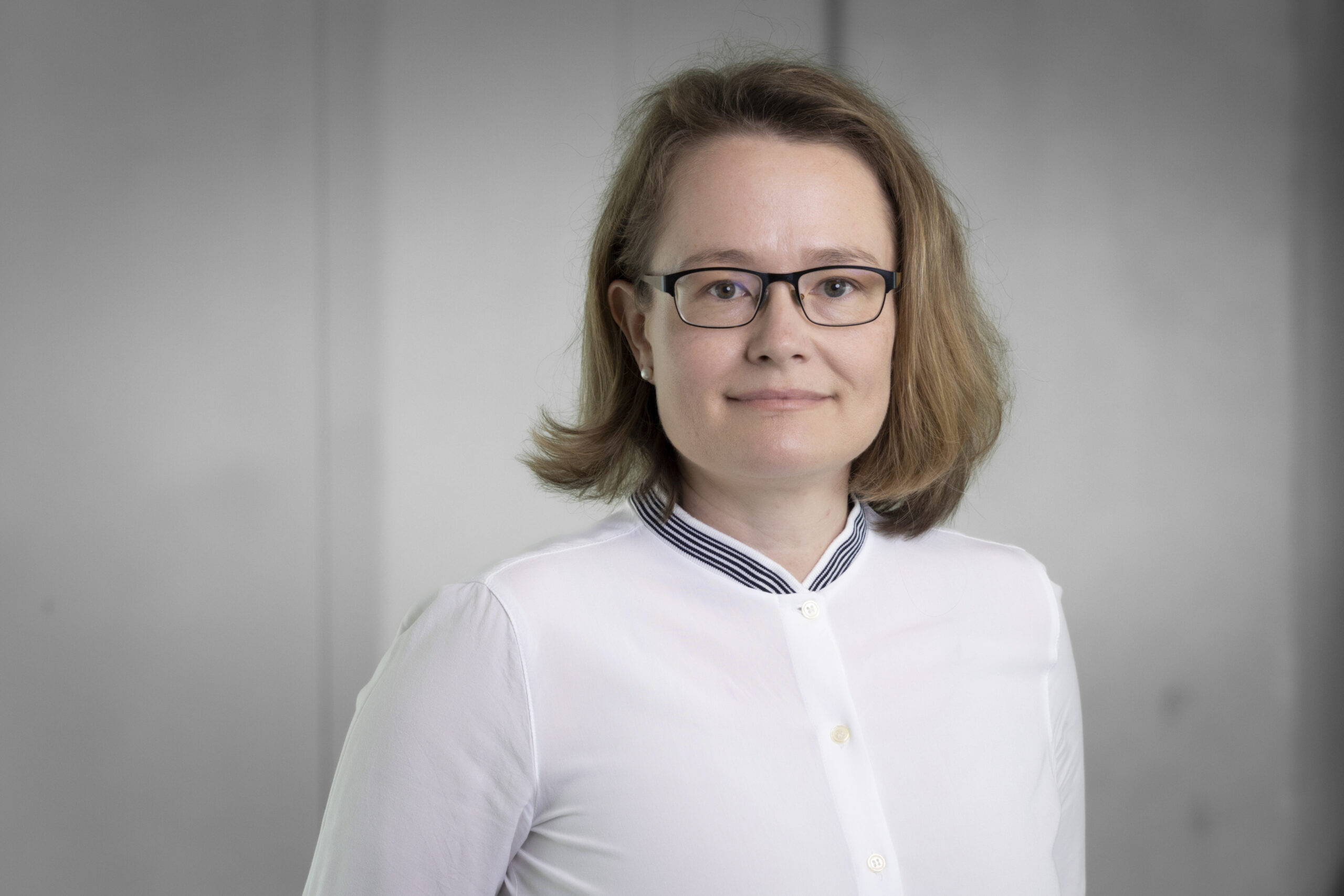This website uses cookies so that we can provide you with the best user experience possible. Cookie information is stored in your browser and performs functions such as recognising you when you return to our website and helping our team to understand which sections of the website you find most interesting and useful.
NCP cooperates with LIST, LIH, LCSB and Italian research institute on Parkinson's project
Complementary partnerships make all the difference in research, especially on a complex topic like health. To serve patients in the best possible way, LNS crosses borders – in all respects and in the best sense of the word. For example, the National Center of Pathology (NCP) is collaborating with the Institute of Biomedical Technologies, National Research Council of Italy (CNR – ITB), based in Segrate, Milan, and the Luxembourg Institute of Science and Technology (LIST) on the PANSIMS project on Parkinson’s disease – which was launched in September 2022.
Interdisciplinary project with high patient benefit
A total of five partners form the consortium for the three-year PANSIMS project. In addition to LNS and LIST, who is leading and coordinating the project, the Luxembourg Institute of Health (LIH) and the Luxembourg Centre for Systems Biomedicine (LCSB) are also involved from Luxembourg. LNS has already been working with LIH and LCSB since 2017 within the framework of the Luxembourg Centre of Neuropathology (LCNP) with a special focus on neurodegenerative and neurooncological disorders. The concentrated Luxembourg expertise is complemented by the recognized technological competence and biomedical expertise of the Italian Istituto di Tecnologie Biomediche (ITB-CNR).
Together, the partners analyse the role of neuromelanin and metals in the context of neurodegenerative disorders. State-of-the-art approaches such as SIMS (secondary-ion mass spectrometry) and electron microscopy will be used to investigate the role of neuromelanin and metals in the ageing of the brain and thus especially with regard to Parkinson’s disease, as Prof. Dr Michel Mittelbronn, head of NCP, explains: “We work, for example, with multimodal imaging, spanning from immunohistochemistry over electron microscopy to novel high resolution ion microscopy and mass spectrometry – developed at LIST, an institute previously especially known for excellent research on material science. This underlines how important interdisciplinary research projects are, especially for the health system and patients.”
Holistic approach, better treatment methods
Against this backdrop, Michel Mittelbronn also hopes for a double effect. Since altered neuromelanin and iron distributions can now be made visible for the diagnosis of Parkinson’s disease with the help of magnetic resonance imaging, the findings will not only contribute to a better understanding of the subcellular causes of the disease, but also inspire much better diagnosis and treatment options.
Dr Antje Biesemeier, who is responsible for the overall coordination of PANSIMS at LIST, shares this optimistic assessment of the multidisciplinary project: “Partnerships like the one between LNS and LIST stand for the quality of research in Luxembourg, where interdisciplinarity and impact on everyday life play a key role. From LIST, biologists, physicists and engineers are involved in the PANSIMS project. They work closely together with experts in biochemistry and neuromelanin research at ITB-CNS -as well as molecular biologists and neuropathologists in Luxembourg. This broad setup, also including the National Centre of Excellence in Research on Parkinson’s disease (NCER-PD), allows us to take a holistic approach that also includes aspects such as environmental influences, lifestyle and socio-economic impact on the mechanisms of the disease.”
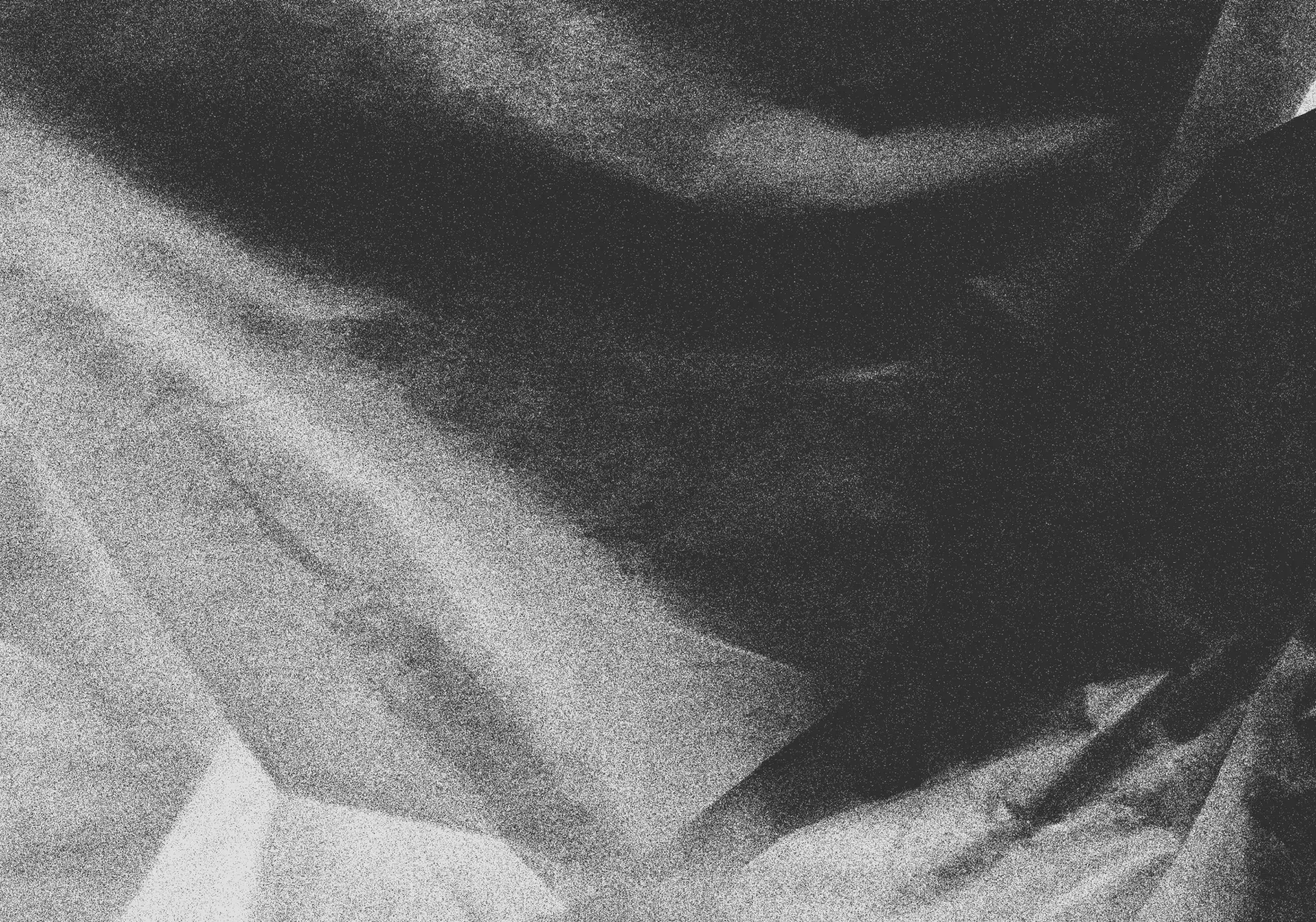


Interdisziplinäre Forschungsprojekte wie PANSIMS ermöglichen uns einen ganzheitlichen Ansatz zum Wohle der Patienten in Luxemburg.
Prof. Dr Michel Mittelbronn
Head of National Center of Pathology

